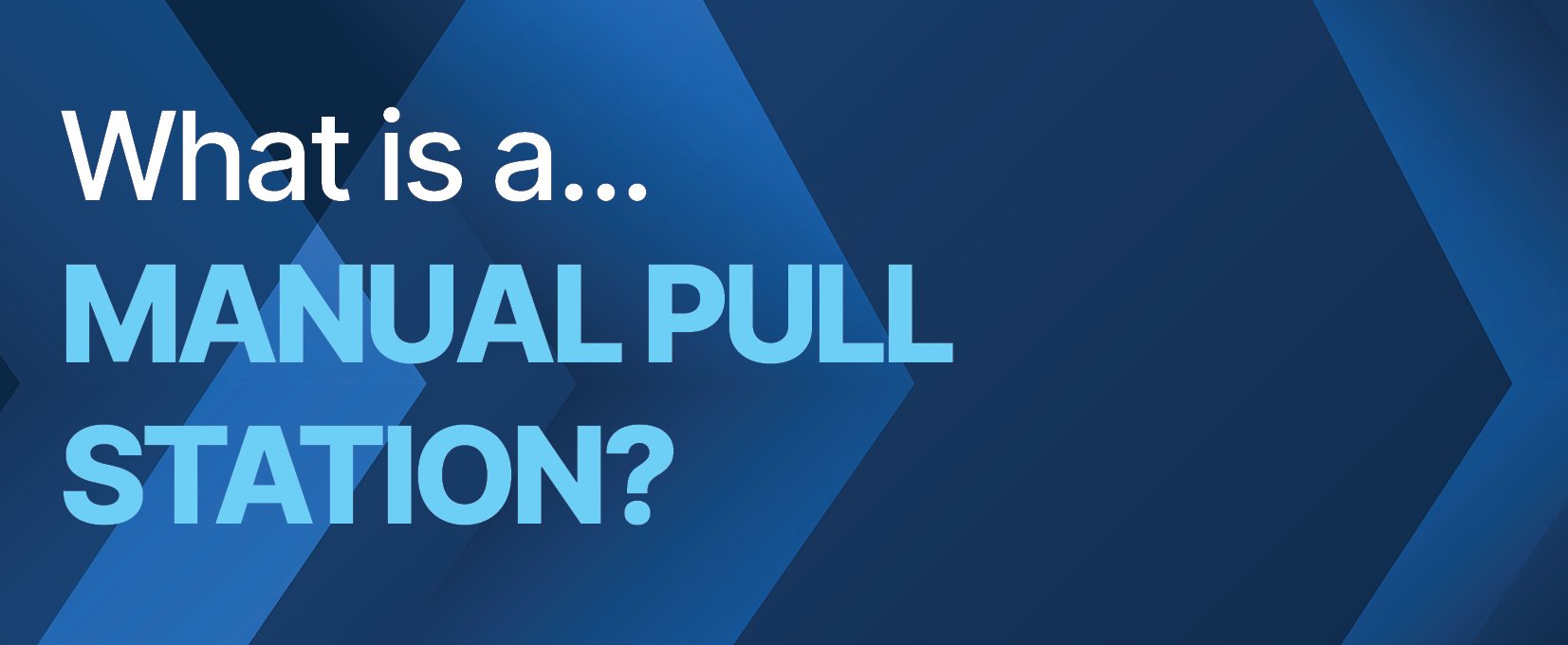What is a Manual Pull Station?
Isabel is a Marketing Specialist at DGA.
A manual pull station is a wall-mounted device that allows individuals to manually trigger a fire alarm in case of an emergency. Typically located near exit doors and along escape routes, manual pull stations serve as a backup to automatic fire detection systems, ensuring that people can quickly alert building occupants and emergency responders to a fire.
Manual pull stations come in three types:
- Single Action – Requires just one motion, such as pulling a lever or pushing down a handle, to activate the alarm.
- Double Action – Requires two motions, such as lifting a cover before pulling a lever, to reduce accidental activations.
- Triple Action – Requires three motions, usually lifting a protective plastic cover with a built-in local sounder that activates when lifted, further deterring false alarms.
While Single Action pull stations are the easiest to use, they are also the most prone to accidental activation. A simple bump or an unintentional touch can trigger a false alarm. In high-traffic areas where accidental activations are common, Double or Triple Action pull stations are preferred to minimize disruptions while still ensuring accessibility in emergencies.
By incorporating manual pull stations into a fire alarm system, businesses and public buildings provide an added layer of fire protection, helping to ensure that alarms can be manually activated when needed while reducing the risk of unnecessary false alarms.




